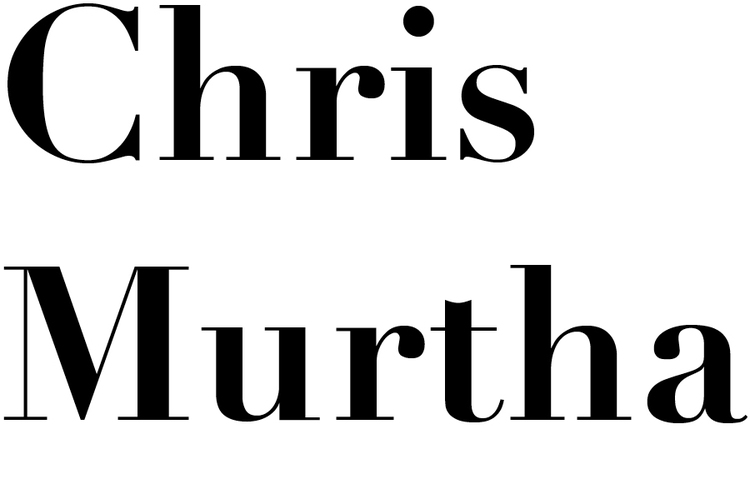In King of Lesser Lands, an eclectic but focused exhibition at Andrew Edlin Gallery, we are introduced to the world of self-taught artist Eugene Von Bruenchenhein by a long row of erotic pinup portraits of his wife. As intriguing as they are awkward, these photographs are almost generic compared to the visionary works that follow. Von Bruenchenhein proclaimed that he was of noble descent but also referred to himself as a visitor to this world, theorizing that there was a “First World” that Earth had splintered from during a cataclysmic event. In light of this, many of his works can be interpreted as documents and artifacts of this fantasized world.
Von Bruenchenhein’s vision is most fully realized in his paintings—Technicolor skyscrapers and otherworldly landscapes that evoke popular science fiction imagery and Charles Burchfield’s more mystical works. The imaginary vistas and aquatic microcosms depicted in paintings like To The Endless Span of Creation (1954) and Sea Fringe (n°882) (1960) radiate with frenetic energy. To achieve this effect, the artist worked quickly and spontaneously, using his fingers, combs, crumpled paper, and sticks to manipulate the paint—scraping, pushing, and fanning out the oils in vibrating, electric patterns.
Von Bruenchenhein’s sculptures are evocative of unearthed royal treasures: miniature thrones intricately constructed from painted chicken bones, leafy ceramic crowns and vessels, arrowheads fashioned from broken glass (not exhibited here), and large-scale concrete heads that lined his house like spiritual guardians. All of Von Bruenchenhein’s works were made entirely at his home in Milwaukee, Wisconsin—he even hand-dug the clay for his ceramics and fired them in his coal-burning oven—and they remained there during his lifetime.
Photographs taken of the artist’s home shortly after his death document the overwhelming accumulation of artwork and bric-a-brac. His ramshackle palace was an extension of his art and a kind of museum in its own right: the exterior was a patchwork of color, doors and walls were painted with scenic and abstract imagery, and placards with handwritten poems and theories hung throughout. His paintings and sculptures are presented here in stark contrast to the way that Von Bruenchenhein lived with them and, though that may be unavoidable, some of their power is lost. Nonetheless, we should be thankful to behold such curious and forceful treasures.
Top: Untitled, 1978, Oil on cardboard, 29 1/2 x 13 1/2 inches; Middle: To The Endless Span of Creation (detail), 1954, Oil on board, 24 x 24 inches; Bottom: Installation view, Eugene Von Bruenchenhein, King of Lesser Lands, March 24 – May 8, 2016, Andrew Edlin Gallery, NY. (Photos: Chris Murtha)

